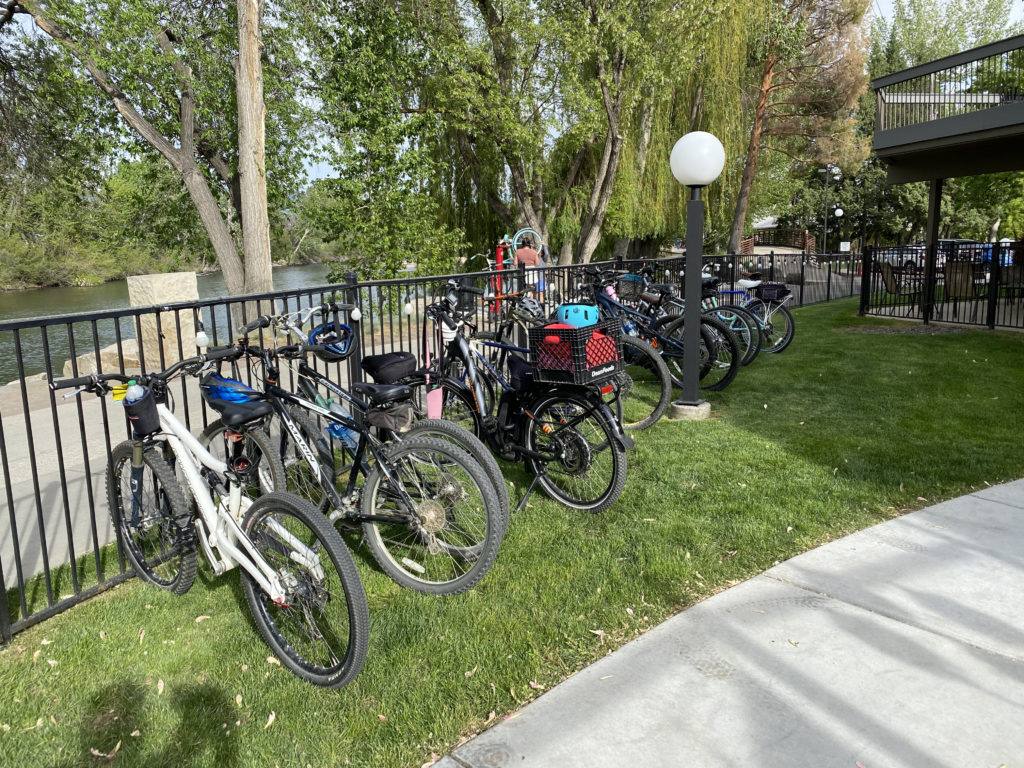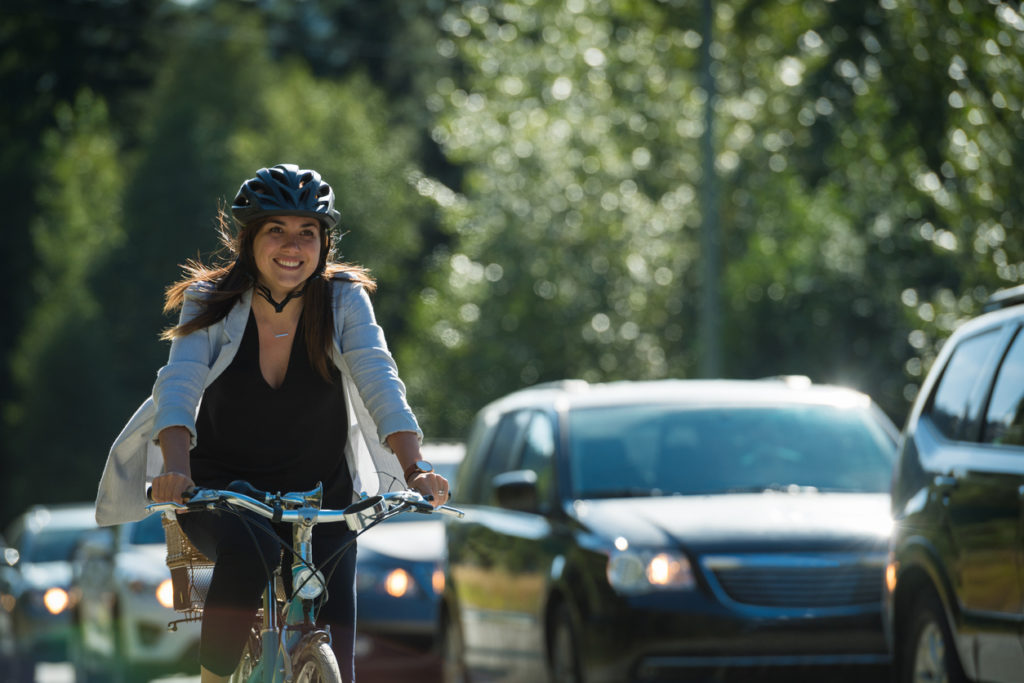A Mindset Shift is the First Step toward Making Your City Safe for People to Ride Bikes and Walk
May is National Bike Month, which puts a focus on a healthy, fun activity that people can enjoy from their earliest days through their golden years. There are bikes for just about all populations: strider bikes and bikes with training wheels for younger kids; cruisers, road bikes, mountain bikes and e-bikes for older kids and adults.
Bikes can be ridden for recreation, fitness or as a primary mode of transportation — all three in my case. Most importantly, riding a bicycle is fun.
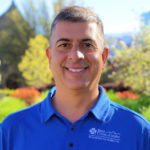
I am fortunate that I live in a place where I feel safe to ride. My home in Garden City, Idaho, has easy access to a non-motorized greenbelt as well as other streets with dedicated lanes for cyclists. These streets and pathways connect me to important places — work, shopping, restaurants, parks, etc. I truly can ride a bike to and from where I live, work, shop and play.
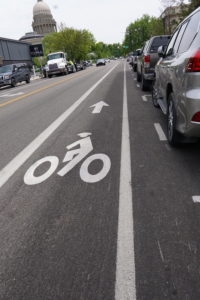
Unfortunately, not all communities are bike- or pedestrian-friendly. Many communities require people to use an automobile to get to important places like school, work, church, shopping, etc. Most cities in Idaho aren’t connected to public transportation, so people without cars or driver’s licenses are at a disadvantage.
There is a more serious side effect: communities that aren’t pedestrian friendly tend to be less healthy because people aren’t walking or biking to nearby destinations. Lack of exercise, and limited access to healthy foods or healthcare, are drivers of many chronic health conditions.
I’m proud that my employer, the Blue Cross of Idaho Foundation for Health, is dedicated to addressing root causes to health issues. One way we do that is offer communities training, support and programs that focus on improving health through partnerships, policies, programs and projects.
The Foundation has supported community bike and pedestrian plans, which are important steps to improve the built environments of cities to make them safer to walk and ride.
Orofino and Twin Falls were 2019 recipients of Community Transformation Grants from the Blue Cross of Idaho Foundation for Health. These multiyear grants provide funding and support for programs, projects and policies that encourage youth to be physically active and improved access to healthy foods.
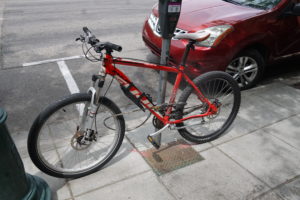
It’s fitting that during National Bike Month each city is working to enhance existing bike facilities. Twin Falls will use some grant funding to contribute to an exciting, growing bike project in Auger Park. Meanwhile, a pump track recently opened in Orofino and the city is equipping it with a bike repair station that includes a pump and tools to assist cyclists. Orofino also is contributing grant funds for a Safe Routes to School Program, which helps educate kids to walk and ride to school safely.
Building bike- and pedestrian-friendly communities may seem like a daunting task, and it is if a community tries to do it all at once. If a community starts with the mindset that it wants to be healthy and encourages more people to safely walk and bike because it’s safe, it’s a good first step. And what better time to start than National Bike Month.
